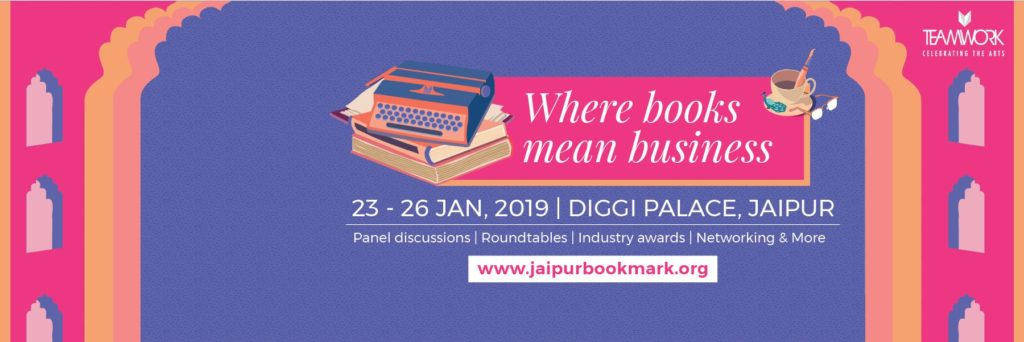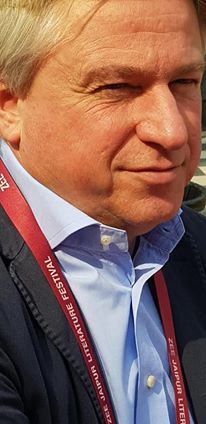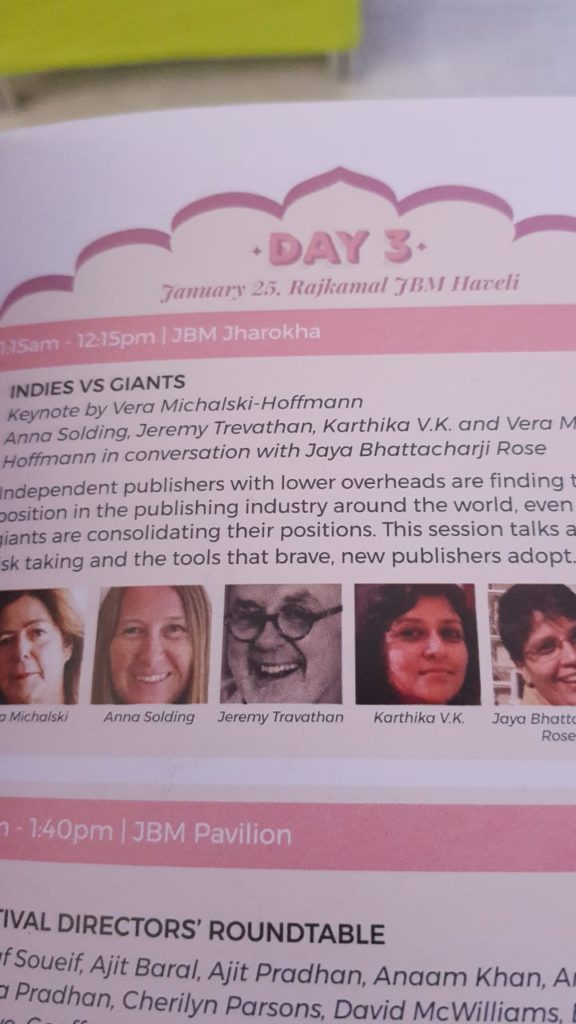David Nott’s “War Doctor”
When I go to a war zone there’s a certain amount of my own equipment that I take with me. I take my own theatre scrubs and a gas mask, and I take my loupes, which are lenses with four-times magnification that help me perform intricate surgery on small blood vessels and flaps used in plastic surgery. I take a light source, a kind of headlamp, so that I continue to operate when the generators go down or the lights go off, and which also allow me to see deep into the crevices of a wound; and I take my Doppler machine, which allows me to hear the blood flow of the small distal vessels when the arteries do not have enough pressure to give a pulse. I carry it all around in a big, battered old suitcase.
David Notts is an NHS consultant surgeon specialising in general and vascular surgery. Since 1993 he has been taking two months unpaid leave every year from his job to volunteer his services in conflict zones mostly with Medicine San Frontieres (MSF). Over the years he has travelled to the most dangerous parts of the world where there is active conflict. He has worked in areas like Sarajevo, Kandahar, Chad, Gaza, Syria, Haiti, Libya, Sierra Leone, Liberia, and Iraq. War Doctor is a memoir focussed primarily on his work as a surgeon in conflict zones though covers some disaster zones as well. He has performed the most complicated surgeries under the most incredible conditions such as with only one bag of blood, no lights, no staff in the operating theatre while the hospital was being bombed. He has witnessed the most horrific wounds perpetrated upon civilians in the name of fighting for a just cause to seeing the ghastly condition of patients in Syria who were being hit by snipers as a part of a game to see who could win a packet of cigarettes. Their choice of targets would vary from day to day. Some days it would be hitting the groins of passers by or another day the bellies of pregnant women. A bullet lodged in the skull of an in-vitro foetus is an unimaginably despicable act but David Nott has had to operate upon such unfortunate victims.
Though there has been no world war since 1945 but the continuously raging conflicts in different parts of the world especially since the 1990s has been relentless. There seems to be no respite with wars of various intensities erupting around the globe. In most cases the war zones Dr Nott has been to have been fiercely fought religious clashes resulting in chilling pogroms. The horrors described in every territory, in every conflict zone, in every nation are numbing. Over the years David Nott has learned to focus on healing and doing the best by his patients irrespective of religion or colour. Yet he has over the years also sensed the growing hostility towards a British/a white man working in the conflict zones while realising he is also exposing himself to the very real danger of being kidnapped and taken hostage, worse still being killed. Anything is possible. In these zones no known rules of civil or military conduct exist or are observed. What exists are enforcement of irrational and arbitrary orders by the two opposing sides of the conflict and this seems to hold true universally for all conflict zones.
David Nott became interested in helping people after he watching the film The Killing Fields about the Khmer Rouge and its pogroms in Cambodia.
What first inspired you to become a war doctor?
Two things. The first was Roland Joffé’s film The Killing Fields, which had a huge impact on me when I saw it as a trainee surgeon. There is a scene in a hospital in Phnom Penh, overrun with patients, where a surgeon has to deal with a shrapnel injury – I wanted to be that surgeon. The second big spur was watching news footage from Sarajevo back in 1993. There was this man on the television, looking desperately through the rubble for his daughter. Eventually he found her and took her to the hospital but there were no doctors there to help her. I thought, “Right, I’m off”. ( War doctor David Nott: ‘The adrenaline was overpowering’, The Guardian, 24 Feb 2019)
David Nott is a seasoned hand at performing surgeries under the most distressful conditions. It has undoubtedly had an impact on his psyche as the near-breakdown he had in the Syrian hospital when reviewing a case, or when a debriefing at the MSF office which should have normally taken 45 minutes took six hours, much of which was spent with him crying. Or when he famously was asked to lunch by the Queen to Buckingham Palace and was unable to speak:
My diminishing ability to cope was rather spectacularly exposed a week later, when I was invited to a private lunch with the Queen at Buckingham Palace. The contrast between those gilded walls and the ravaged streets of Aleppo began doing weird things to my head. I was sitting on the Queen’s left and she turned to me as dessert arrived. I tried to speak, but nothing would come out of my mouth. She asked me where had I come from. I suppose she was expecting me to say, “From Hammersmith,” or something like that, but I told her I had recently returned from Aleppo. “Oh,” she said. “And what was that like?”
My mind filled instantly with images of toxic dust, of crushed school desks, of bloodied and limbless children and of David Haines, Alan Henning and those other western aid workers whose lives had ended in the most appalling fashion. My bottom lip started to go and I wanted to burst into tears, but I held myself together. She looked at me quizzically and touched my hand. She then had a quiet word with one of the courtiers, who pointed to a silver box in front of her, which was full of biscuits. “These are for the dogs,” she said, breaking one of the biscuits in two and giving me half. Together, we fed the corgis. “There,” the Queen said. “That’s so much better than talking, isn’t it?” ( “David Nott: ‘They told me my chances of leaving Aleppo alive were 50/50‘” The Guardian, 24 Feb 2019)
War Doctor is an extraordinary memoir for it details the unforgiving violence that man can perpetrate on his own kind with absolutely no remorse. It does not seem to matter to the people leading the wars that innocent lives and entire cities are being destroyed. David Nott while stitching up patients, performing amputations, delivering babies, watching babies and adults die, visiting morgues that are piled high with bodies that the director of the hospital shows Nott in a matter-of-fact manner, or constantly being drenched in blood gushing out of wounds, collapsing on to the bed in a deep sleep only to wake up and put on shoes and the surgical gown that are caked in blood. After a while the gut-wrenching descriptions of the patients Nott operates upon seem to blur into one another except for the consistency of the massive trauma they have all experienced. The patients he operates upon range from civilians, military personnel to even mercenaries. Descriptions of entire families wiped out by bombs, children orphaned, little infants abandoned with gaping head wounds, teenagers bleeding uncontrollably due to shrapnel wounds, a little boy burning with heat with a possible diagnosis of malaria by Nott which is ignored by the local doctor who insists it is appendicitis and the next time Nott sees the boy with an incision in his abdomen but is in a black body bag parked in the doctor’s changing room for there is no where else to store it in the overflowing hospital! There are some success stories too. For instance when he argued on behalf of an infant to be evacuated to London if she had to survive but was denied permission by MSF, stripped of his credentials with the organisation and permitted to take the risk on his own. He did. The girl survived.
For most of these years spent in the conflict and disaster zones he has been a bachelor with only his parents to be concerned about. Once they too were gone Nott was lonely and was able to focus upon his work with his heart and soul. It was years later when at a fund raiser for Syria he met his future wife Eleanor, then an analyst at the Institute of Strategic Studies, did the enormity of his loneliness sink in. Most likely this manifested itself in his breakdown as for the first time in his life he finally had someone whom he loved dearly to return to in London.
Now he lives in London with his wife and two daughters. He has also established the David Nott Foundation. It is a UK registered charity which provides surgeons and medical professionals with the skills they need to provide relief and assistance in conflict and natural disaster zones around the world. As well as providing the best medical care, David Nott Foundation surgeons trains local healthcare professionals; leaving a legacy of education and improved health outcomes.
War Doctor is a firsthand account of the unnecessary manmade violence and chaos unleashed upon other humans in conflict zones. It is a sobering reminder of exactly how much irrational behaviour man is capable of. The devastating repurcussions on society, on families, on individuals, the wilful destruction of property and the enormous rehabilitation and reconstruction work required to rebuild civil sociey seems to be of no consequence to those who revel in war mongering and in all likelihood participate in it as well. This is a book that must be read by everyone, even those who believe that going to war, performing surgical strikes, are the only way to resolve disputes instead of finding resolutions through peace talks and exploring alternative soft diplomacy tactics such as civil engagement.
Read War Doctor. It will become a seminal part of contemporary conflict literature. It will probably in the coming year be nominated for a literary award or two.
26 February 2019





